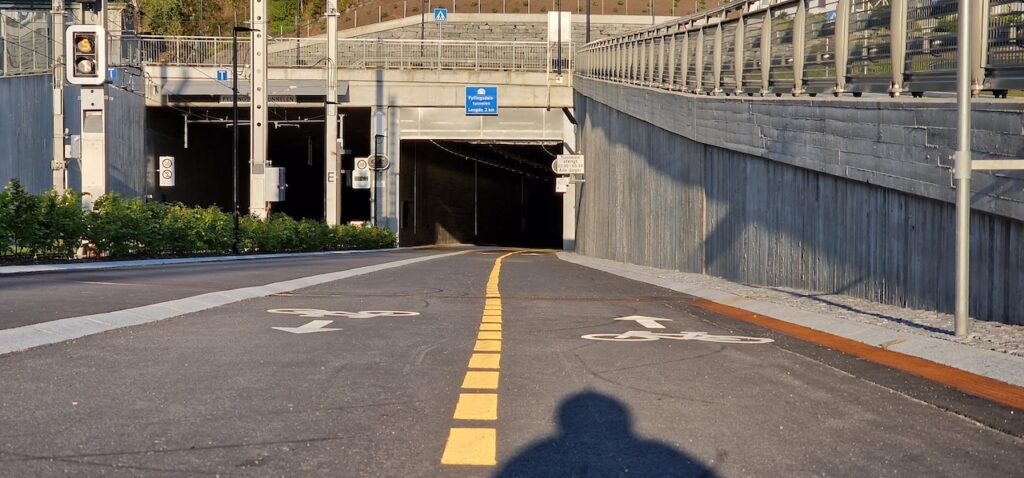
Stavanger’s New Cycling Tunnel Opens!
Beneath Norway’s rugged surface, something remarkable is taking shape—not in the form of oil or minerals, but through tunnels built for bicycles. Stavanger and Bergen,

Beneath Norway’s rugged surface, something remarkable is taking shape—not in the form of oil or minerals, but through tunnels built for bicycles. Stavanger and Bergen, two of Norway’s most vibrant coastal cities, are leading the way in cycling innovation by building world-class infrastructure that puts cyclists front and center.
With Stavanger’s brand-new 380-meter cycling tunnel now open and Bergen’s record-breaking 3-kilometer Fyllingsdalstunnelen already in use, Norway is not just catching up with the cycling capitals of Europe—it’s forging its own path underground.
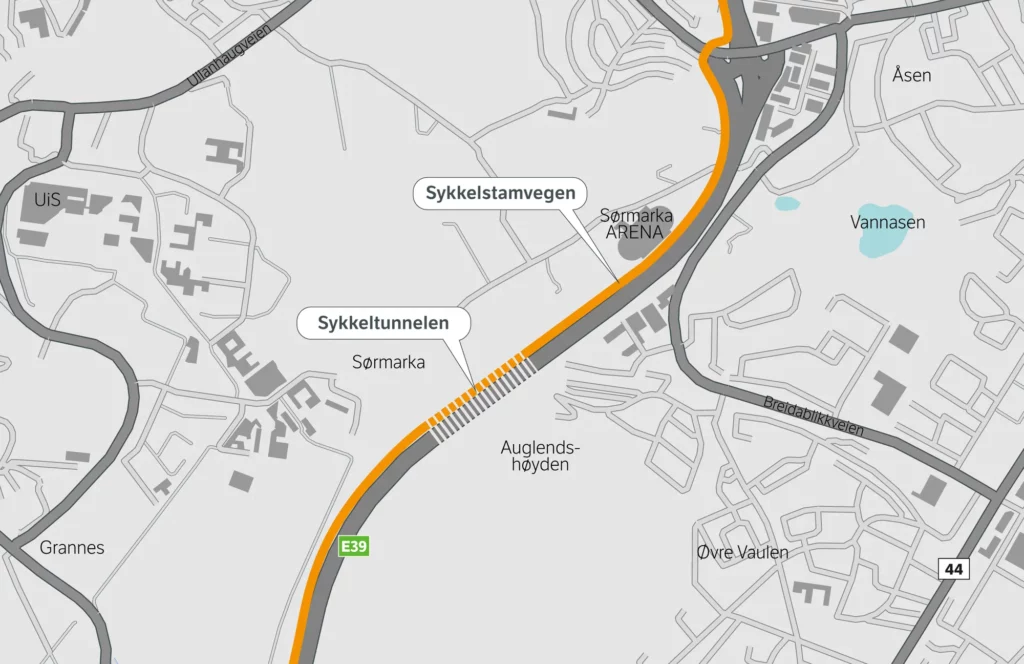
Opened on April 30, 2025, Stavanger’s cycling tunnel may be modest in length, but it’s a key piece of a much larger project: the Sykkelstamvegen, a high-speed, 13-kilometre cycling route connecting Stavanger to Sandnes. Designed for daily commuters and long-distance cycle tourists alike, the tunnel slips beneath Auglendshøyden and runs parallel to the car-heavy E39, giving cyclists a direct, traffic-free route where none existed before.
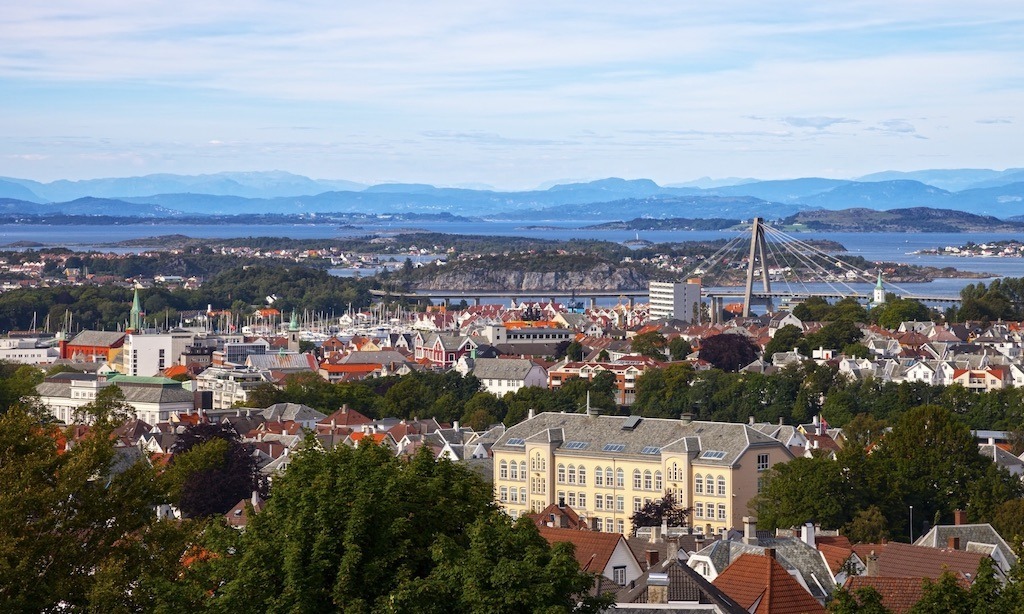
Though just 380 metres, the tunnel was built to serve multiple functions. During repairs on the adjacent Auglend road tunnel, it briefly carried motor traffic—highlighting how flexible, forward-thinking design can benefit all road users. Once the full Sykkelstamvegen opens in 2026, cyclists will be able to travel between the two cities faster and more smoothly than by car during rush hour.

While Stavanger’s tunnel is a stepping stone, Bergen has already made global headlines with the Fyllingsdalstunnelen, the longest purpose-built cycling and pedestrian tunnel in the world. Officially opened in 2023, it stretches a full 2.9 kilometres beneath Løvstakken mountain, linking the Fyllingsdalen district with the city center.

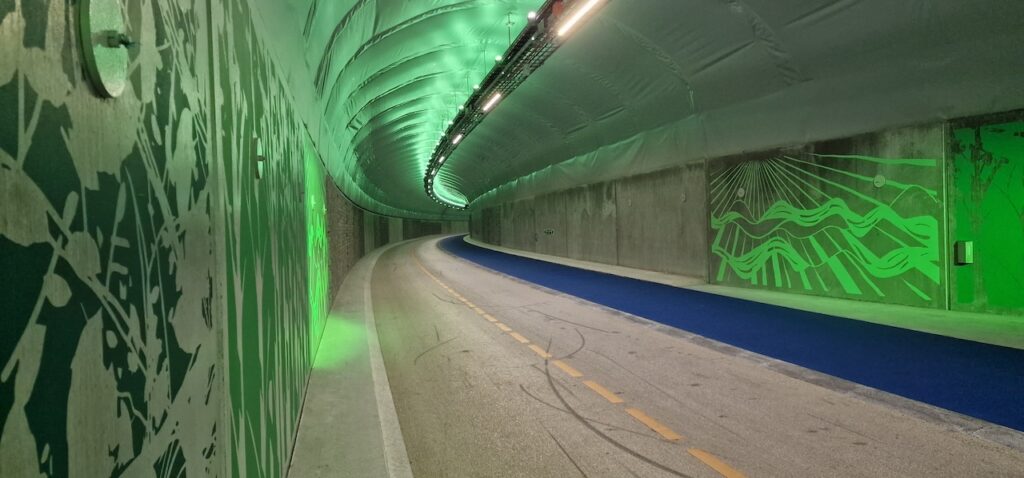
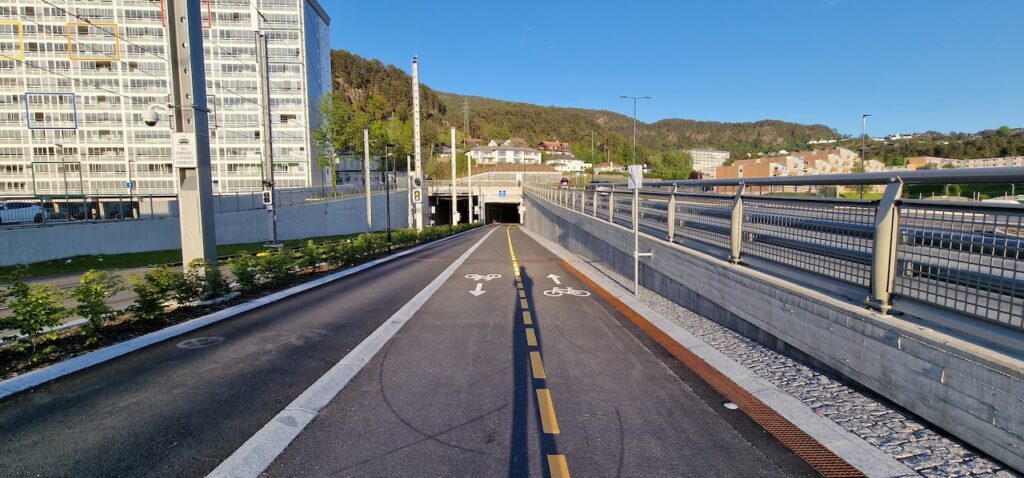

But this isn’t just a tunnel—it’s an experience. Inside, the tunnel features coloured lighting, distance markers, and even artwork to keep cyclists and walkers engaged over the long stretch. A full ride through takes about 10 minutes by bike, or around 40 minutes on foot. It’s built for safety, comfort, and year-round use—protected from Bergen’s famously wet weather.
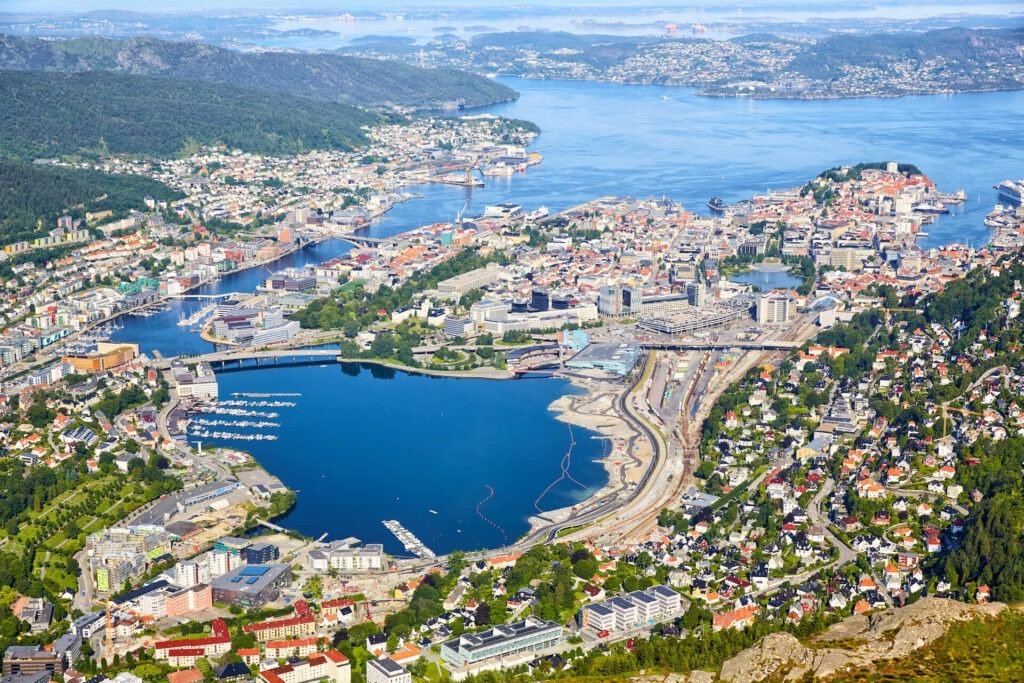
At first glance, cycling tunnels may seem like luxury infrastructure. But in Norway tunnels are part of life and why should cars and trains be the only ones with them? Building cycling tunnels is Norway’s way of saying it’s taking a long-term approach to cycle infrastructure. These tunnels are:
Both Stavanger and Bergen face similar challenges: growing urban populations, high car usage, and the need to reduce emissions. Instead of forcing cars and bikes to compete for space, they’re investing in dedicated corridors—above and below ground—that give cyclists equal standing in the transport network.
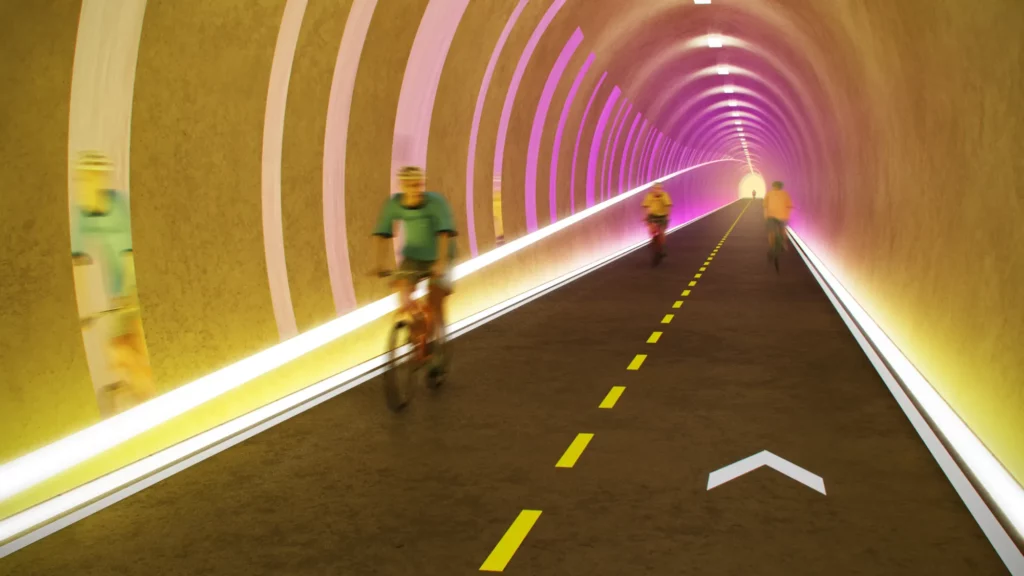
For visitors, these tunnels open up a whole new way to experience Norway. Bergen’s Fyllingsdalstunnelen turns a routine connection into a must-ride attraction. Stavanger’s Sykkelstamvegen will, once complete, offer a seamless route from city to countryside—ideal for multi-day trips and regional exploration.
Few countries combine natural beauty with engineering ambition the way Norway does. These tunnels don’t just make cycling easier—they make it something to look forward to.
Planning a Trip?

Beneath Norway’s rugged surface, something remarkable is taking shape—not in the form of oil or minerals, but through tunnels built for bicycles. Stavanger and Bergen,
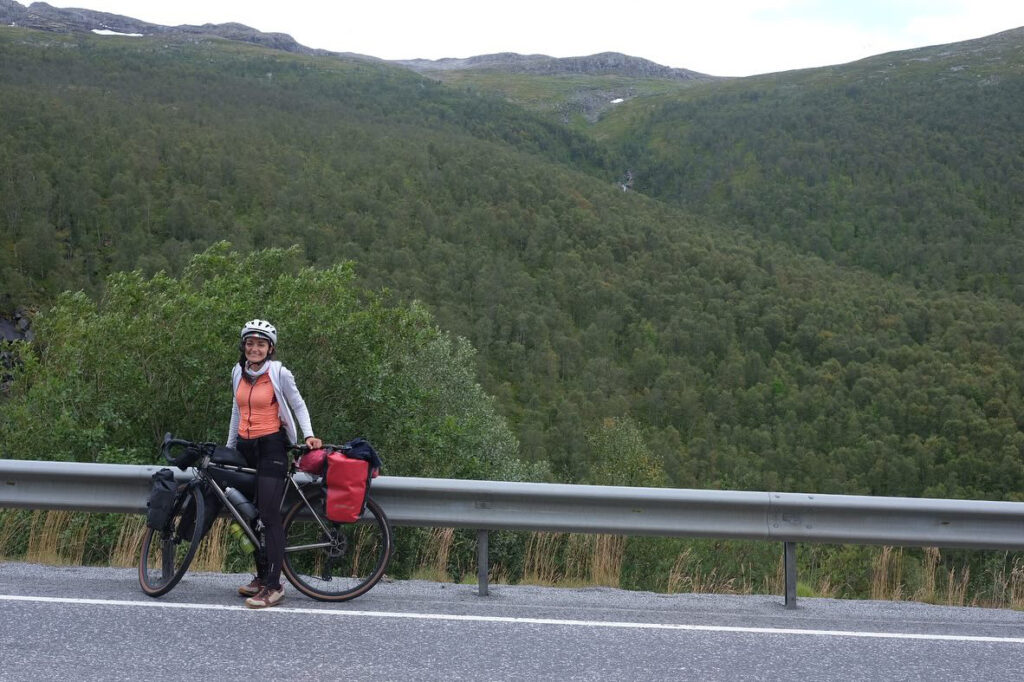
One Girl’s Bikepacking Journey Through Norway – Part 2 We rejoin Angela on her 11-day adventure from Oslo Fjord to the highlands of central Norway.
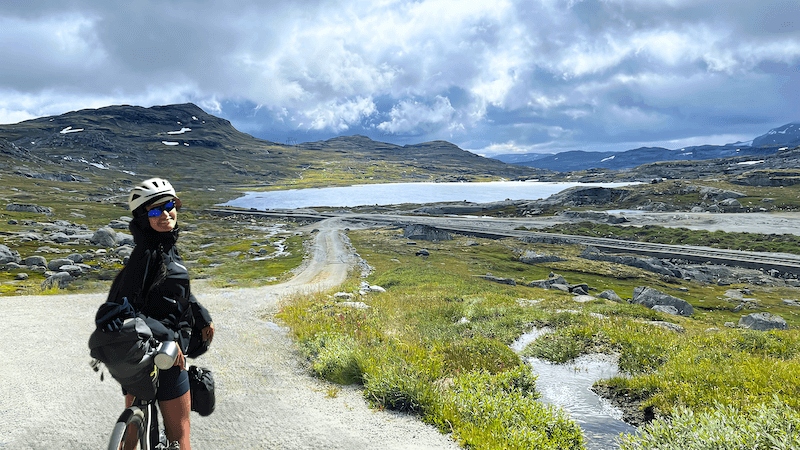
Cycling through Norway’s vast nature, dramatic mountains, and remote villages might sound like a dream — but for some people the idea of a young
Cycle Norway is dedicated to making Norway, safer and more enjoyable to experience by bike and to inspire and inform a growing audience of the opportunities available.